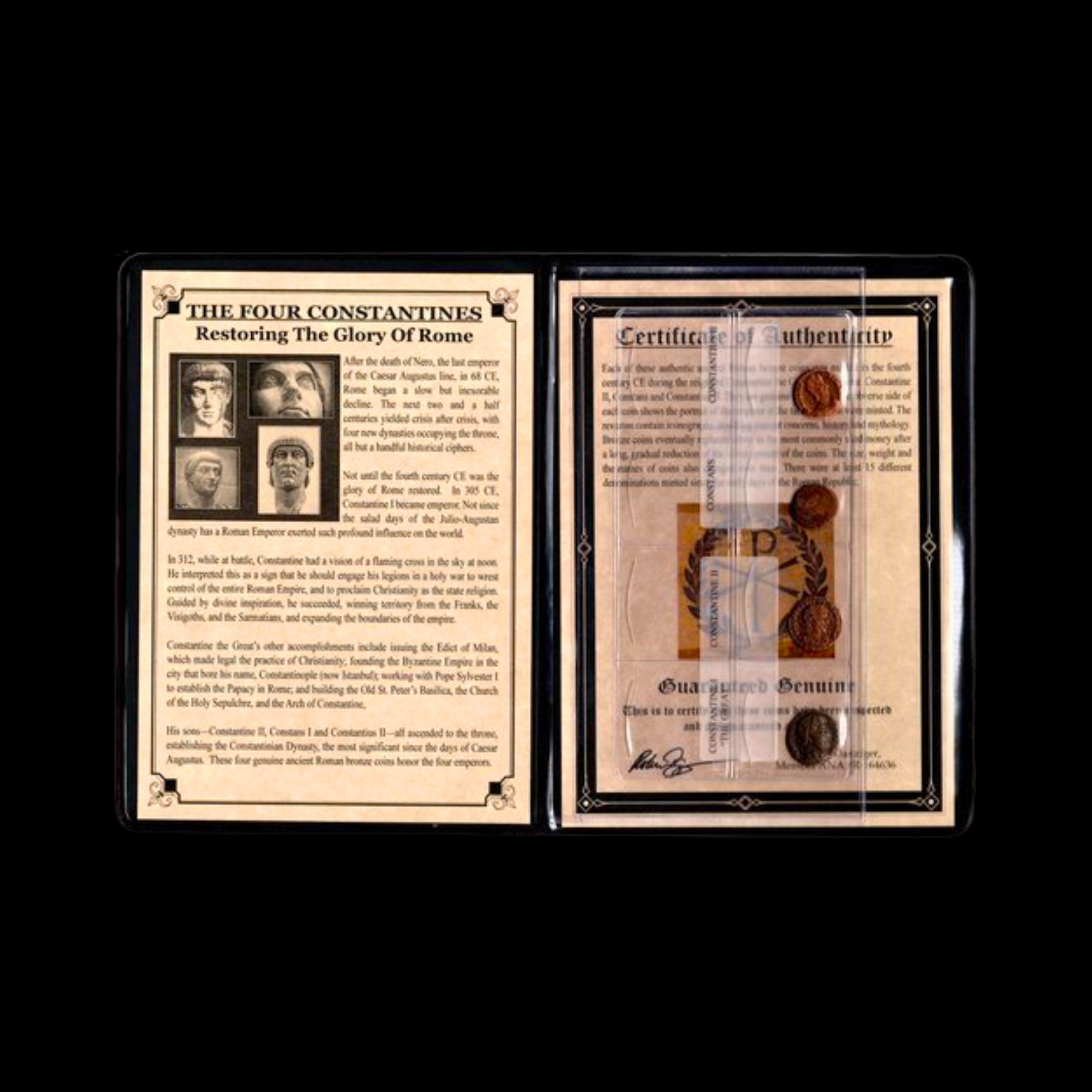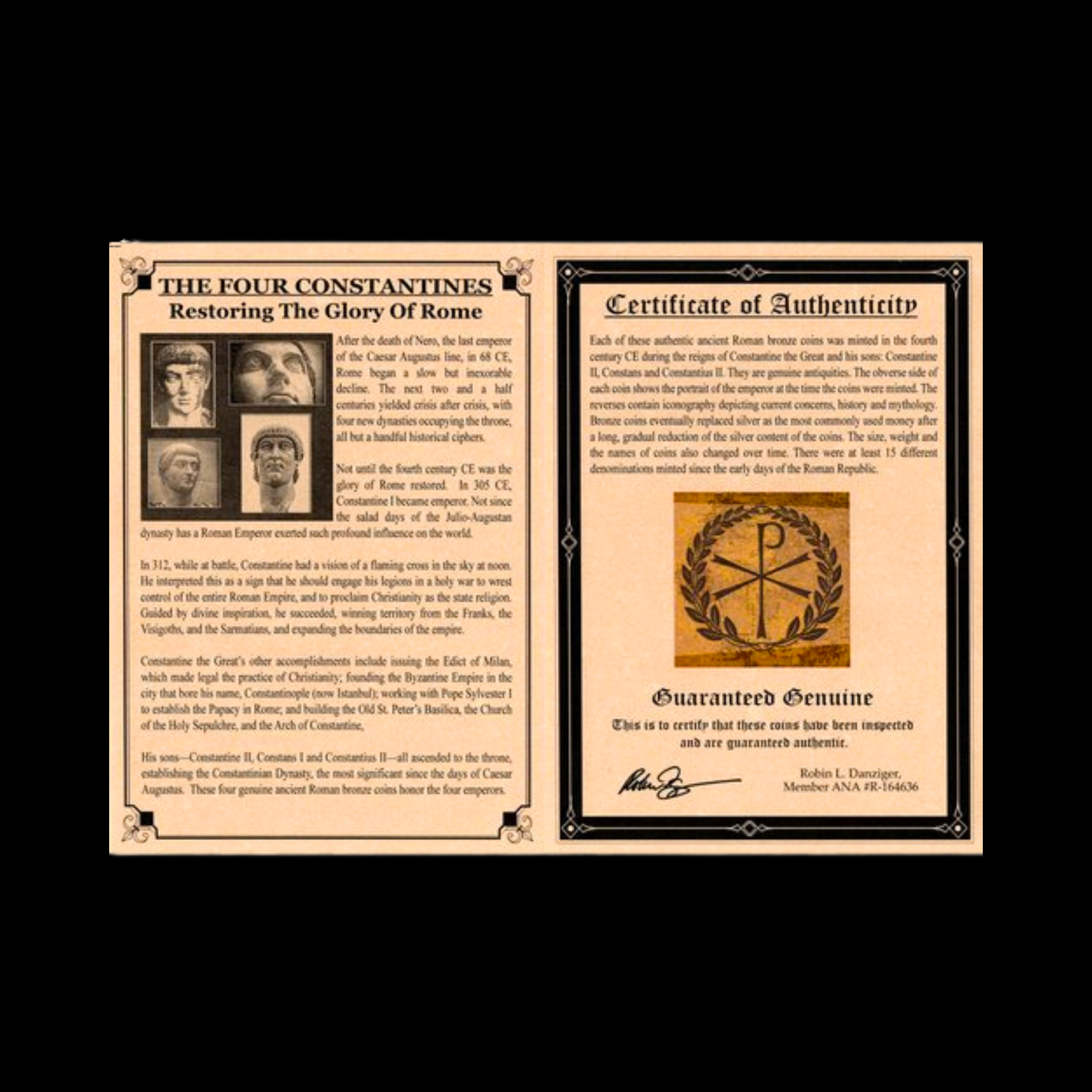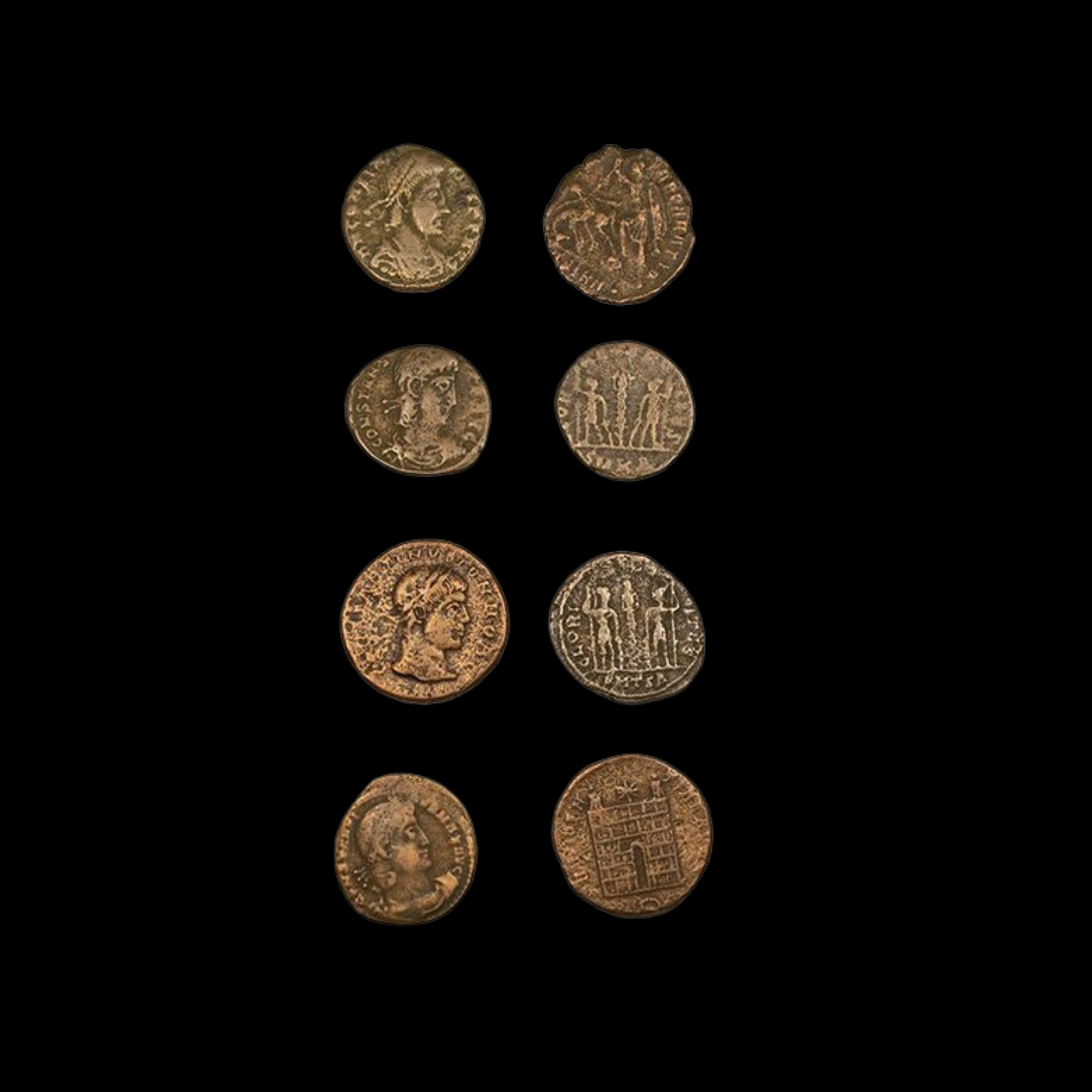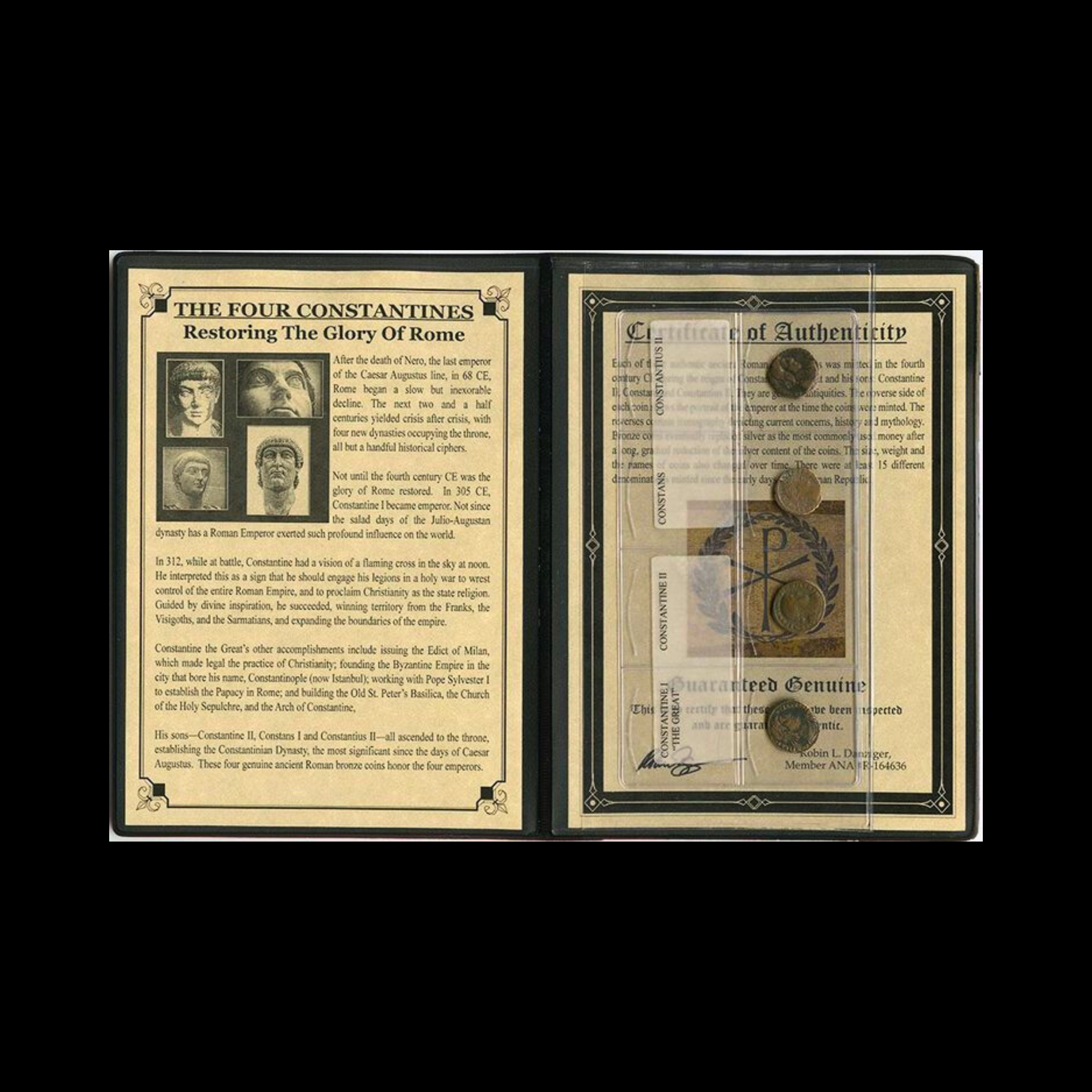 Image 1 of 33
Image 1 of 33

 Image 2 of 33
Image 2 of 33

 Image 3 of 33
Image 3 of 33

 Image 4 of 33
Image 4 of 33

 Image 5 of 33
Image 5 of 33

 Image 6 of 33
Image 6 of 33

 Image 7 of 33
Image 7 of 33

 Image 8 of 33
Image 8 of 33

 Image 9 of 33
Image 9 of 33

 Image 10 of 33
Image 10 of 33

 Image 11 of 33
Image 11 of 33

 Image 12 of 33
Image 12 of 33

 Image 13 of 33
Image 13 of 33

 Image 14 of 33
Image 14 of 33

 Image 15 of 33
Image 15 of 33

 Image 16 of 33
Image 16 of 33

 Image 17 of 33
Image 17 of 33

 Image 18 of 33
Image 18 of 33

 Image 19 of 33
Image 19 of 33

 Image 20 of 33
Image 20 of 33

 Image 21 of 33
Image 21 of 33

 Image 22 of 33
Image 22 of 33

 Image 23 of 33
Image 23 of 33

 Image 24 of 33
Image 24 of 33

 Image 25 of 33
Image 25 of 33

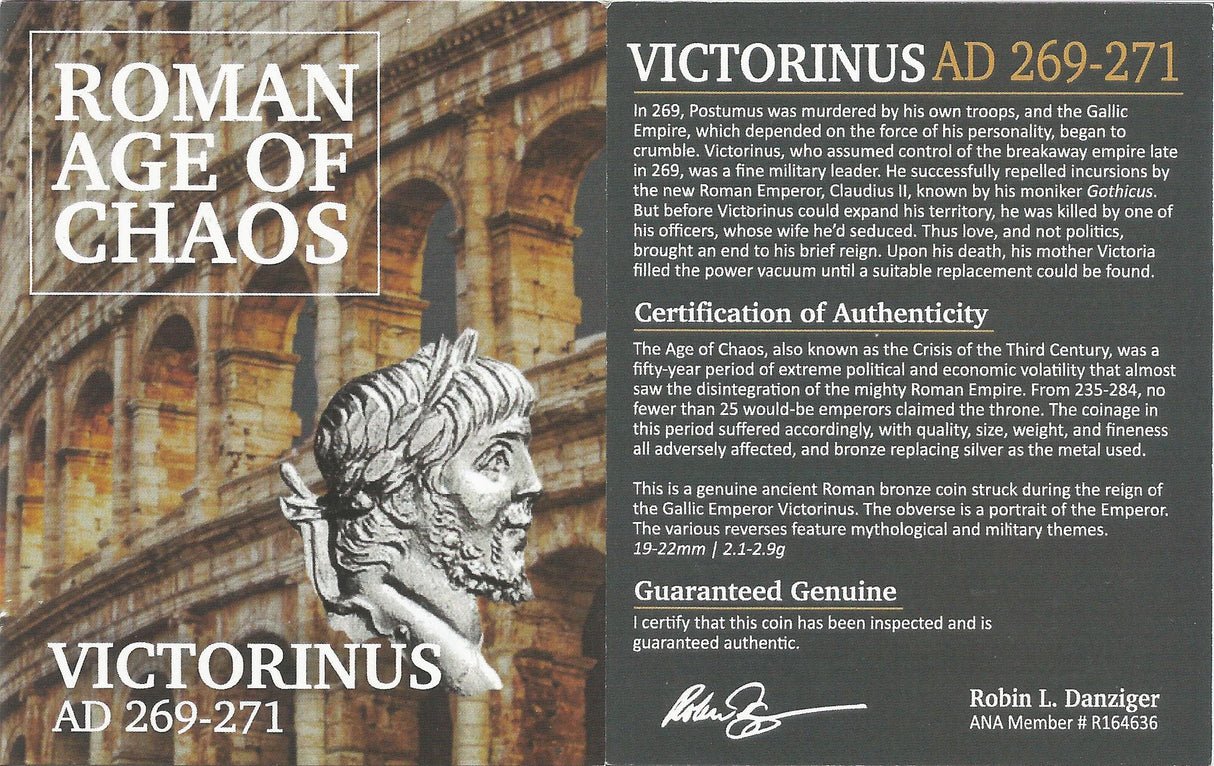 Image 26 of 33
Image 26 of 33

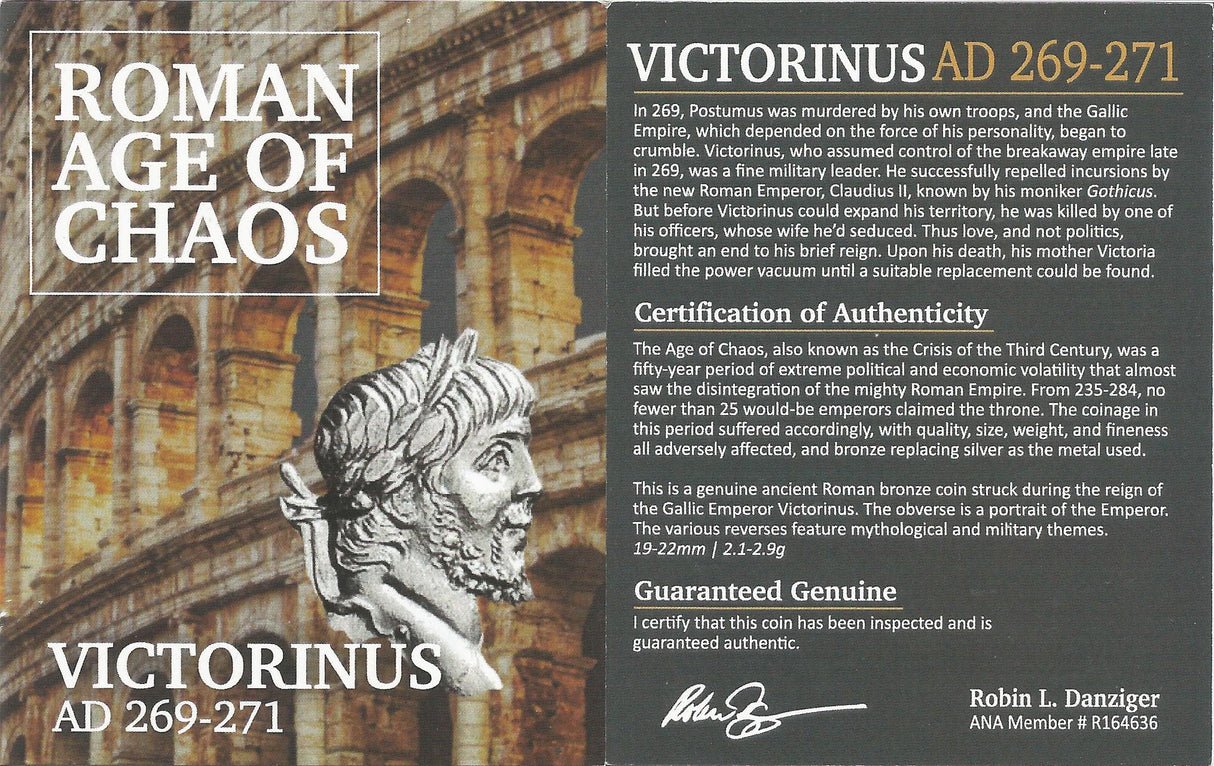 Image 27 of 33
Image 27 of 33

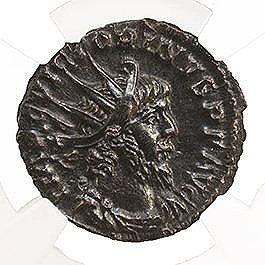 Image 28 of 33
Image 28 of 33

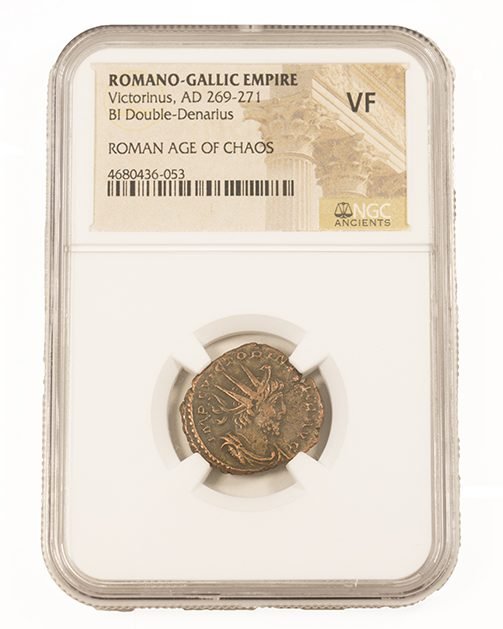 Image 29 of 33
Image 29 of 33

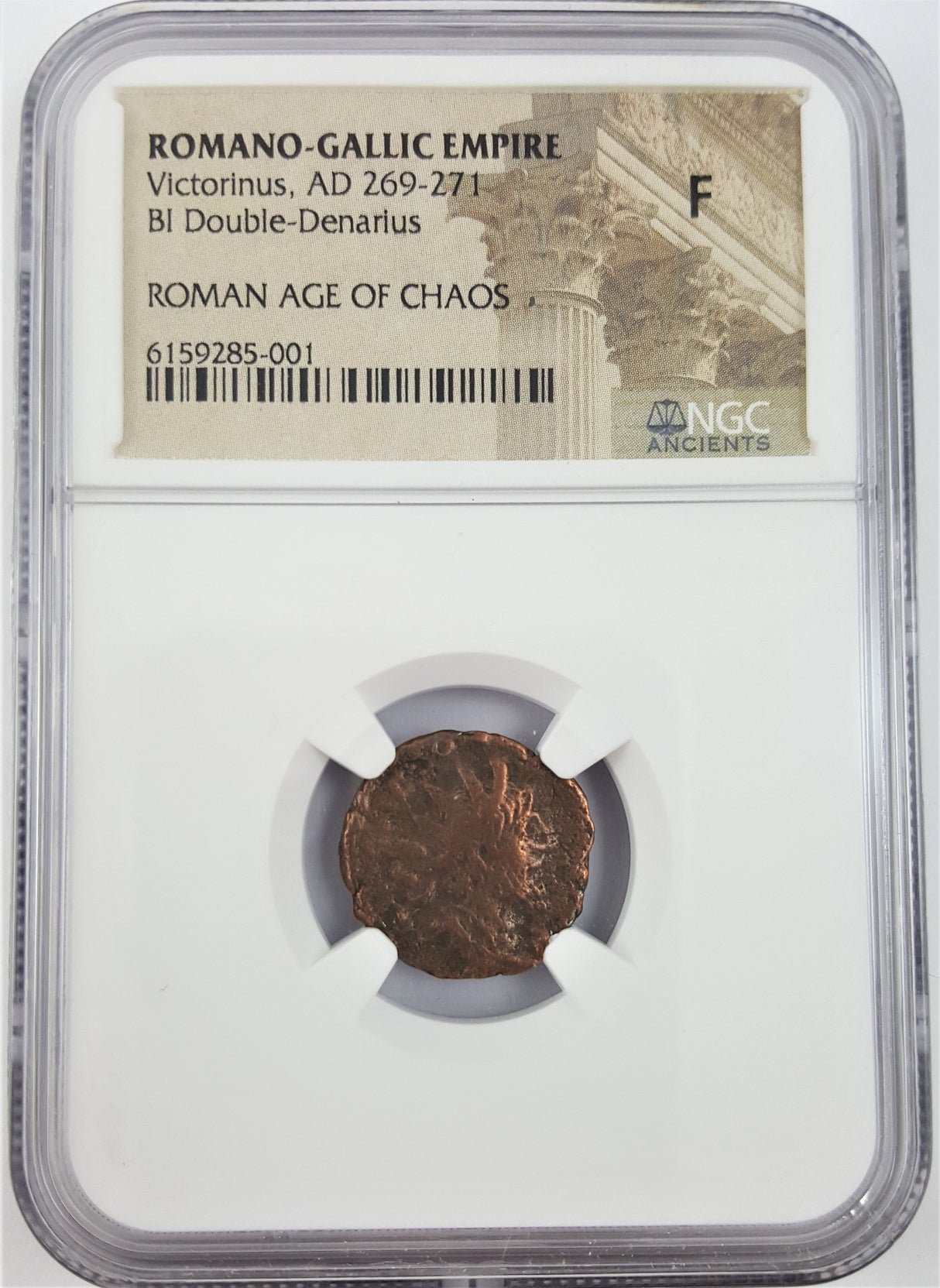 Image 30 of 33
Image 30 of 33

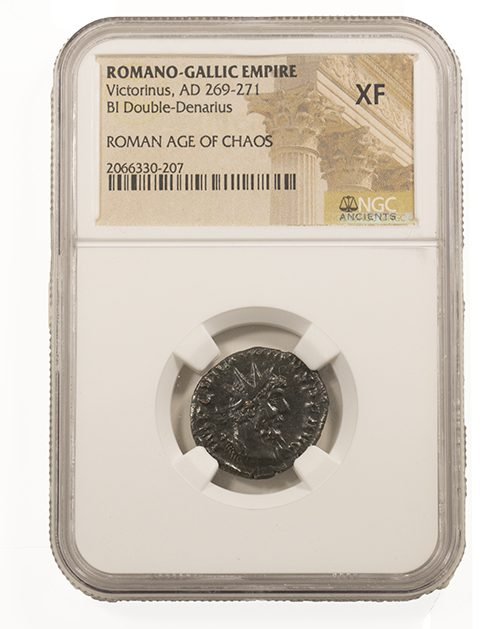 Image 31 of 33
Image 31 of 33

 Image 32 of 33
Image 32 of 33

 Image 33 of 33
Image 33 of 33


































Roman AE Coin of Victorinus (about 1,754-1,756 years ago)
I'll create detailed numismatic descriptions for each of the historical coins you've mentioned, following the format you specified while using language that's accessible to all audiences.
Roman AE Coin of Galerius (about 1,715-1,733 years ago)
This bronze coin was minted during the reign of Galerius, who served as Caesar (junior emperor) and later Augustus (senior emperor) in the late Roman Empire. As part of the Roman monetary system during the Tetrarchic period, this coin represents an important artifact from a time when the Empire was divided into administrative regions for better governance.
Coin Description:
Front side: Portrait of Galerius wearing a radiate crown or laureate wreath, with his name and titles in Latin around the edge
Back side: Likely depicts Roman deities, personifications of virtues, or military imagery common to coins of this period
Technical Details:
Bronze composition (AE stands for "Aes" meaning bronze in Latin)
Imperial Roman denomination (specific value dependent on weight and period)
NGC certified (Numismatic Guaranty Company authentication)
Minted between 293-311 CE
Condition as noted in NGC slab
Historical Significance: Galerius rose from humble beginnings as a soldier during the reigns of Emperors Aurelian and Probus to become an important figure in the Tetrarchy, a system of government instituted by Emperor Diocletian where power was divided among four rulers. Initially appointed as Caesar (junior emperor) in 293 CE, Galerius later became Augustus (senior emperor) in 305 CE. He is known for his military campaigns against the Persian Sassanid Empire and for his persecution of Christians prior to the religious tolerance that would later emerge under Constantine. This coin circulated during a pivotal transitional period in Roman history as the classical empire was transforming into what would become the Byzantine Empire.
Roman AE Coin of Victorinus (about 1,754-1,756 years ago)
This bronze coin was issued by Victorinus, who ruled the breakaway Gallic Empire for approximately two years. The Gallic Empire was a separate Roman state that formed during the Crisis of the Third Century, encompassing territories in what is now France, Spain, Germany, and Britain.
Coin Description:
Front side: Portrait of Victorinus wearing a radiate crown with his name and imperial titles in Latin
Back side: Likely depicts Roman deities, personifications of virtues like Peace (Pax) or Victory (Victoria), or military imagery
Technical Details:
Bronze composition (AE stands for "Aes" meaning bronze in Latin)
Denomination from the Gallic Empire's monetary system
NGC certified (Numismatic Guaranty Company authentication)
Minted between 269-271 CE
Condition as noted in NGC slab
Historical Significance:
Victorinus came to power in the Gallic Empire after the assassination of Postumus in 269 CE. The Gallic Empire was a breakaway state from the Roman Empire during the tumultuous Crisis of the Third Century, when Rome faced numerous threats both internal and external. Despite its brief existence, the Gallic Empire maintained Roman traditions and institutions. Victorinus was recognized as a capable military leader who successfully defended his territories against the forces of the Roman Emperor Claudius II Gothicus. His brief reign ended in 271 CE when he was murdered by one of his officers, reportedly over a personal dispute. This coin represents an interesting chapter in Roman history when the empire temporarily fragmented before eventually being reunified.
I'll create detailed numismatic descriptions for each of the historical coins you've mentioned, following the format you specified while using language that's accessible to all audiences.
Roman AE Coin of Galerius (about 1,715-1,733 years ago)
This bronze coin was minted during the reign of Galerius, who served as Caesar (junior emperor) and later Augustus (senior emperor) in the late Roman Empire. As part of the Roman monetary system during the Tetrarchic period, this coin represents an important artifact from a time when the Empire was divided into administrative regions for better governance.
Coin Description:
Front side: Portrait of Galerius wearing a radiate crown or laureate wreath, with his name and titles in Latin around the edge
Back side: Likely depicts Roman deities, personifications of virtues, or military imagery common to coins of this period
Technical Details:
Bronze composition (AE stands for "Aes" meaning bronze in Latin)
Imperial Roman denomination (specific value dependent on weight and period)
NGC certified (Numismatic Guaranty Company authentication)
Minted between 293-311 CE
Condition as noted in NGC slab
Historical Significance: Galerius rose from humble beginnings as a soldier during the reigns of Emperors Aurelian and Probus to become an important figure in the Tetrarchy, a system of government instituted by Emperor Diocletian where power was divided among four rulers. Initially appointed as Caesar (junior emperor) in 293 CE, Galerius later became Augustus (senior emperor) in 305 CE. He is known for his military campaigns against the Persian Sassanid Empire and for his persecution of Christians prior to the religious tolerance that would later emerge under Constantine. This coin circulated during a pivotal transitional period in Roman history as the classical empire was transforming into what would become the Byzantine Empire.
Roman AE Coin of Victorinus (about 1,754-1,756 years ago)
This bronze coin was issued by Victorinus, who ruled the breakaway Gallic Empire for approximately two years. The Gallic Empire was a separate Roman state that formed during the Crisis of the Third Century, encompassing territories in what is now France, Spain, Germany, and Britain.
Coin Description:
Front side: Portrait of Victorinus wearing a radiate crown with his name and imperial titles in Latin
Back side: Likely depicts Roman deities, personifications of virtues like Peace (Pax) or Victory (Victoria), or military imagery
Technical Details:
Bronze composition (AE stands for "Aes" meaning bronze in Latin)
Denomination from the Gallic Empire's monetary system
NGC certified (Numismatic Guaranty Company authentication)
Minted between 269-271 CE
Condition as noted in NGC slab
Historical Significance:
Victorinus came to power in the Gallic Empire after the assassination of Postumus in 269 CE. The Gallic Empire was a breakaway state from the Roman Empire during the tumultuous Crisis of the Third Century, when Rome faced numerous threats both internal and external. Despite its brief existence, the Gallic Empire maintained Roman traditions and institutions. Victorinus was recognized as a capable military leader who successfully defended his territories against the forces of the Roman Emperor Claudius II Gothicus. His brief reign ended in 271 CE when he was murdered by one of his officers, reportedly over a personal dispute. This coin represents an interesting chapter in Roman history when the empire temporarily fragmented before eventually being reunified.
I'll create detailed numismatic descriptions for each of the historical coins you've mentioned, following the format you specified while using language that's accessible to all audiences.
Roman AE Coin of Galerius (about 1,715-1,733 years ago)
This bronze coin was minted during the reign of Galerius, who served as Caesar (junior emperor) and later Augustus (senior emperor) in the late Roman Empire. As part of the Roman monetary system during the Tetrarchic period, this coin represents an important artifact from a time when the Empire was divided into administrative regions for better governance.
Coin Description:
Front side: Portrait of Galerius wearing a radiate crown or laureate wreath, with his name and titles in Latin around the edge
Back side: Likely depicts Roman deities, personifications of virtues, or military imagery common to coins of this period
Technical Details:
Bronze composition (AE stands for "Aes" meaning bronze in Latin)
Imperial Roman denomination (specific value dependent on weight and period)
NGC certified (Numismatic Guaranty Company authentication)
Minted between 293-311 CE
Condition as noted in NGC slab
Historical Significance: Galerius rose from humble beginnings as a soldier during the reigns of Emperors Aurelian and Probus to become an important figure in the Tetrarchy, a system of government instituted by Emperor Diocletian where power was divided among four rulers. Initially appointed as Caesar (junior emperor) in 293 CE, Galerius later became Augustus (senior emperor) in 305 CE. He is known for his military campaigns against the Persian Sassanid Empire and for his persecution of Christians prior to the religious tolerance that would later emerge under Constantine. This coin circulated during a pivotal transitional period in Roman history as the classical empire was transforming into what would become the Byzantine Empire.
Roman AE Coin of Victorinus (about 1,754-1,756 years ago)
This bronze coin was issued by Victorinus, who ruled the breakaway Gallic Empire for approximately two years. The Gallic Empire was a separate Roman state that formed during the Crisis of the Third Century, encompassing territories in what is now France, Spain, Germany, and Britain.
Coin Description:
Front side: Portrait of Victorinus wearing a radiate crown with his name and imperial titles in Latin
Back side: Likely depicts Roman deities, personifications of virtues like Peace (Pax) or Victory (Victoria), or military imagery
Technical Details:
Bronze composition (AE stands for "Aes" meaning bronze in Latin)
Denomination from the Gallic Empire's monetary system
NGC certified (Numismatic Guaranty Company authentication)
Minted between 269-271 CE
Condition as noted in NGC slab
Historical Significance:
Victorinus came to power in the Gallic Empire after the assassination of Postumus in 269 CE. The Gallic Empire was a breakaway state from the Roman Empire during the tumultuous Crisis of the Third Century, when Rome faced numerous threats both internal and external. Despite its brief existence, the Gallic Empire maintained Roman traditions and institutions. Victorinus was recognized as a capable military leader who successfully defended his territories against the forces of the Roman Emperor Claudius II Gothicus. His brief reign ended in 271 CE when he was murdered by one of his officers, reportedly over a personal dispute. This coin represents an interesting chapter in Roman history when the empire temporarily fragmented before eventually being reunified.


























